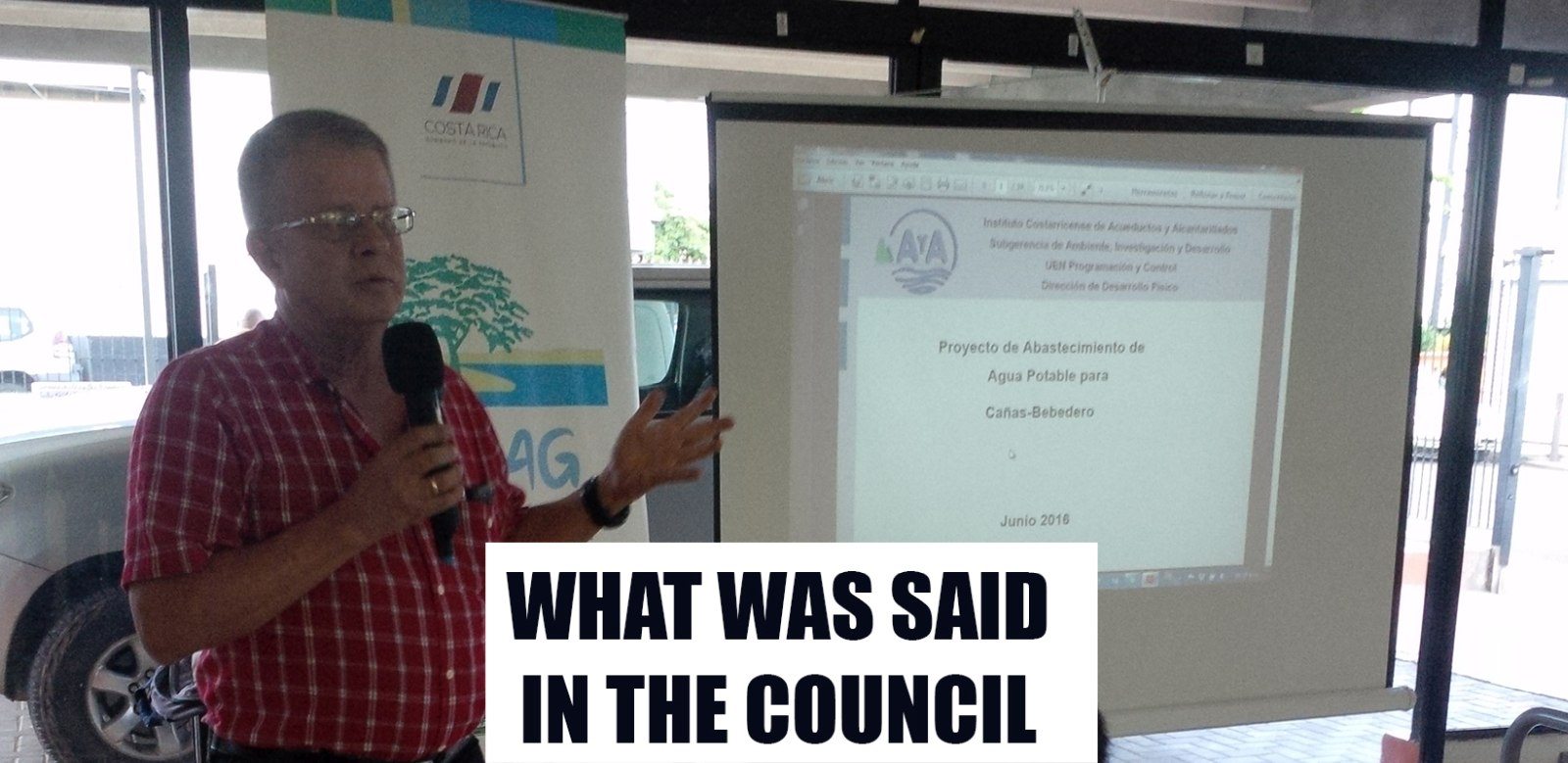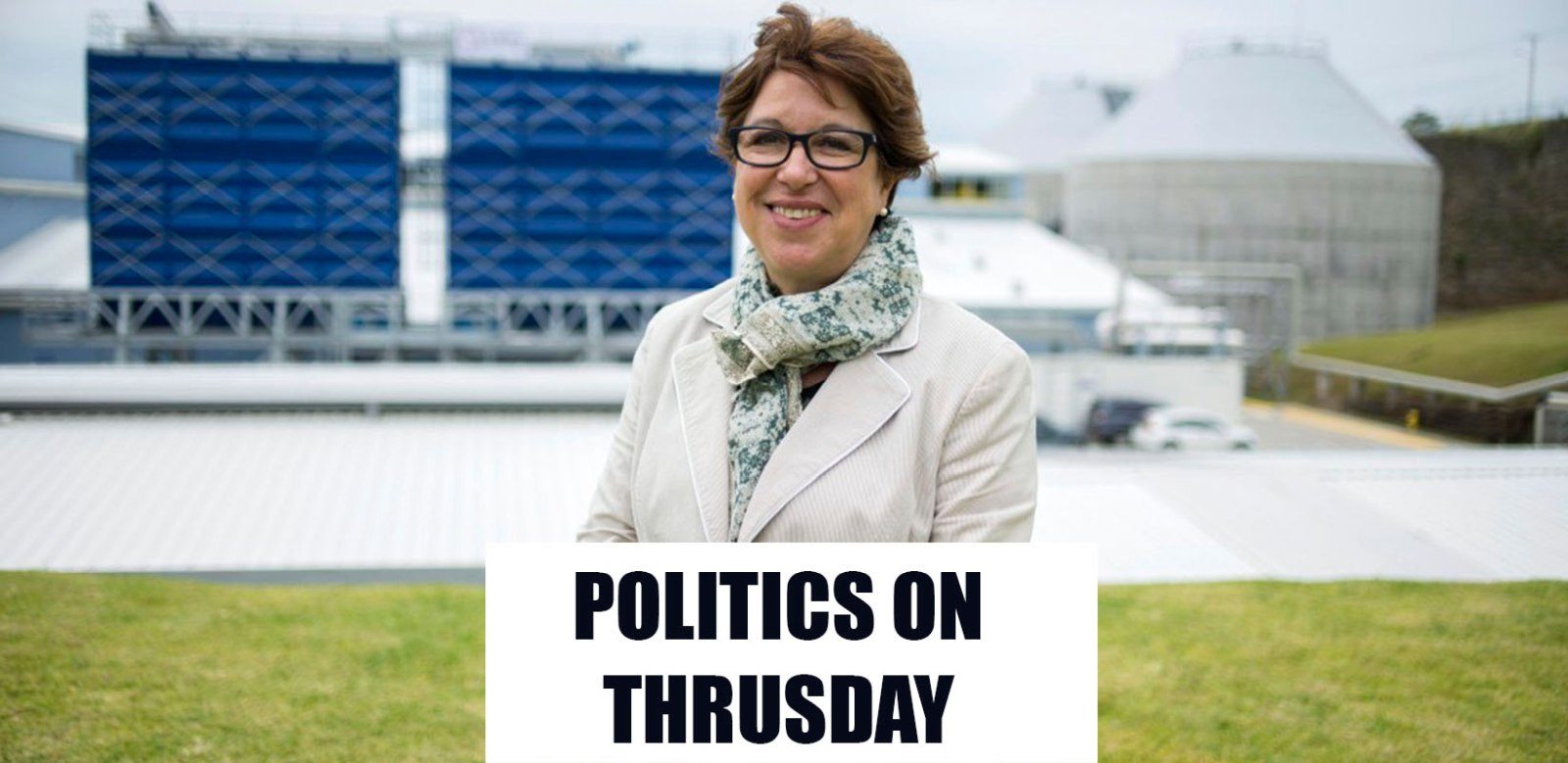
Hydroelectric reservoirs promise to be an alternative to address the problem of water shortages faced by several Guanacaste cantons.
The Costa Rican Institute of Aqueducts and Sewers (AyA- Acueductos y Alcantarillados) and the National Groundwater, Irrigation and Drainage Service (Senara- Servicio Nacional de Aguas Subterráneas Riego y Avenamiento) are betting on taking advantage of the water from these reservoirs to satisfy human consumption needs.
During the Cañas Municipal Council session on June 20, Jose Luis Arguedas, project director for AyA, said that the institution will make an agreement with the Costa Rican Electricity Institute (ICE- Instituto Costarricense de Electricidad) to take some of the water from the ARDESA Hydroelectric Complex and convey it to the city’s central supply network and to the community of Bebedero.

The specialist commented that this water usually goes into the sea and is wasted.
“Coincidentally, it is water that is not used in the channels and it is wasted and goes into the sea,” he explained.
At present, AyA is in the phase of basic topography studies and they hope that the agreement with ICE will be signed soon and that they will have it completed by the end of 2018.
According to the engineer, the project costs approximately $4 million, including catchment work, pumping, a water treatment plant with a capacity of 200 liters, conducting the water to the tanks in Cañas and piping that would take the water to Bebedero.
AyA will assume the costs of the works carried out by ICE within the Sandillal reservoir, although there is also the possibility of a grant from the government of China for the rest of the project.
“This is AyA’s star project for Canas because we would have water beyond 2035,” Arguedas said.
Water for the Lowlands
The second water supply project is for the Guanacaste lowlands area.
During the session, members of the Cañas council listened to explanations from Alejandro Villalobos, regional coordinator of Senara’s engineering and project development department, who discussed the Tempisque River Middle Basin and Coastal Communities Water Supply System.
This project’s objective is to supply water for irrigation and human consumption to the cantons in the Guanacaste lowlands such as Carrillo, Nicoya and Santa Cruz.
To that end, they intend to divert water from the Piedras River reservoir to a 1300-hectare area near the Lomas de Barbudal Reserve in Bagaces.
“There are already studies that indicate that 20 cubic meters per second can be taken from what would be the reservoir because it would alleviate the water shortages in a good way. We are talking about the irrigation of some 18,000 hectares of land,” Villalobos explained.
AyA would be requesting 2 cubic meters per second for human consumption.
According to data from Senara, 55 kilometers of new canal would be built and part of the existing one will be widened, which will be covered in concrete.
In addition, Villalobos pointed out that about 23 properties need to be expropriated, most of which belong to the company El Pelon de la Bajura, CATSA and Ingenio El Viejo.
The cost of this project is estimated to be $500 million and is currently in the studies phase. Work is anticipated to begin in 2018 and the first phase would be finished in 2021.







Comments